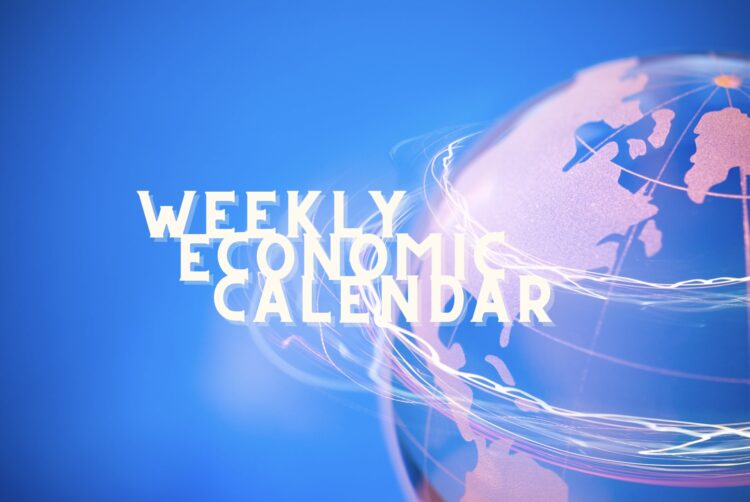In the following text, we’ll break down some of the most significant economic events on the horizon. We have a busy week in the economic sphere, but don’t worry; we’re going to explain each event in a clear and simple manner. Even if you’re not well-versed in economics, we’ll provide a clear understanding of the significance of each event, so you can understand how they might personally affect you and the economy at large.

Interest Rate Decision of AUD (Australia) – 4.35%: Interest rates are what it costs to borrow money. If the interest rate is high, borrowing money is more expensive, which can affect the economy. In this case, Australia has set its interest rate at 4.35%.
Service PMI of Spain – 51.1 and Service PMI of the U.S. – 50.8: PMI stands for Purchasing Managers’ Index and measures the economic health of the service sector. A number above 50 indicates growth, while below 50 suggests contraction. Spain and the U.S. are slightly above 50, indicating moderate growth in their service sectors.
JOLTs Job Openings Survey in the U.S. – 9.553M: This survey measures the number of job openings in the U.S. A high number is a positive sign, showing that there are many job opportunities.
Interest Rate Decision of CAD (Canada) – 5.00%: Similar to Australia, this is the cost of borrowing money in Canada. An interest rate of 5% is relatively high, which might indicate an attempt to control inflation.
Japan’s GDP – -0.5%: Gross Domestic Product (GDP) measures the total value of goods and services produced. A negative GDP, like in Japan, indicates that the economy is shrinking.
U.S. Non-Farm Payrolls – 150K: This data shows how many jobs were created in the U.S., excluding agriculture. It’s an important indicator of the health of the American economy.
U.S. Unemployment Rate – 3.9%: Indicates the percentage of the working population that is unemployed. A low rate, like 3.9%, is generally a sign of a strong economy.
These events are key because they can affect the global economy, exchange rates, and investment decisions in financial markets.











